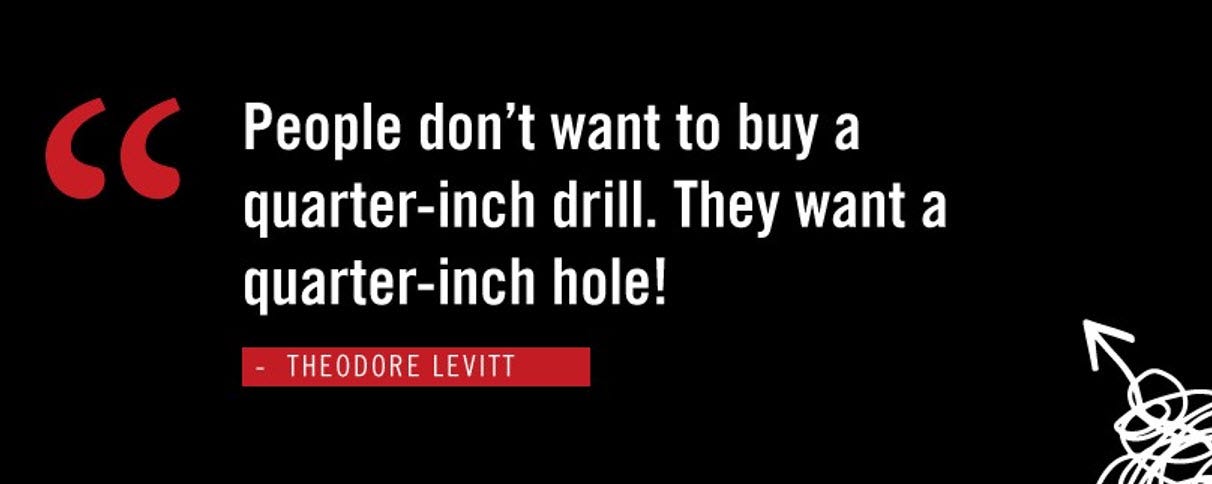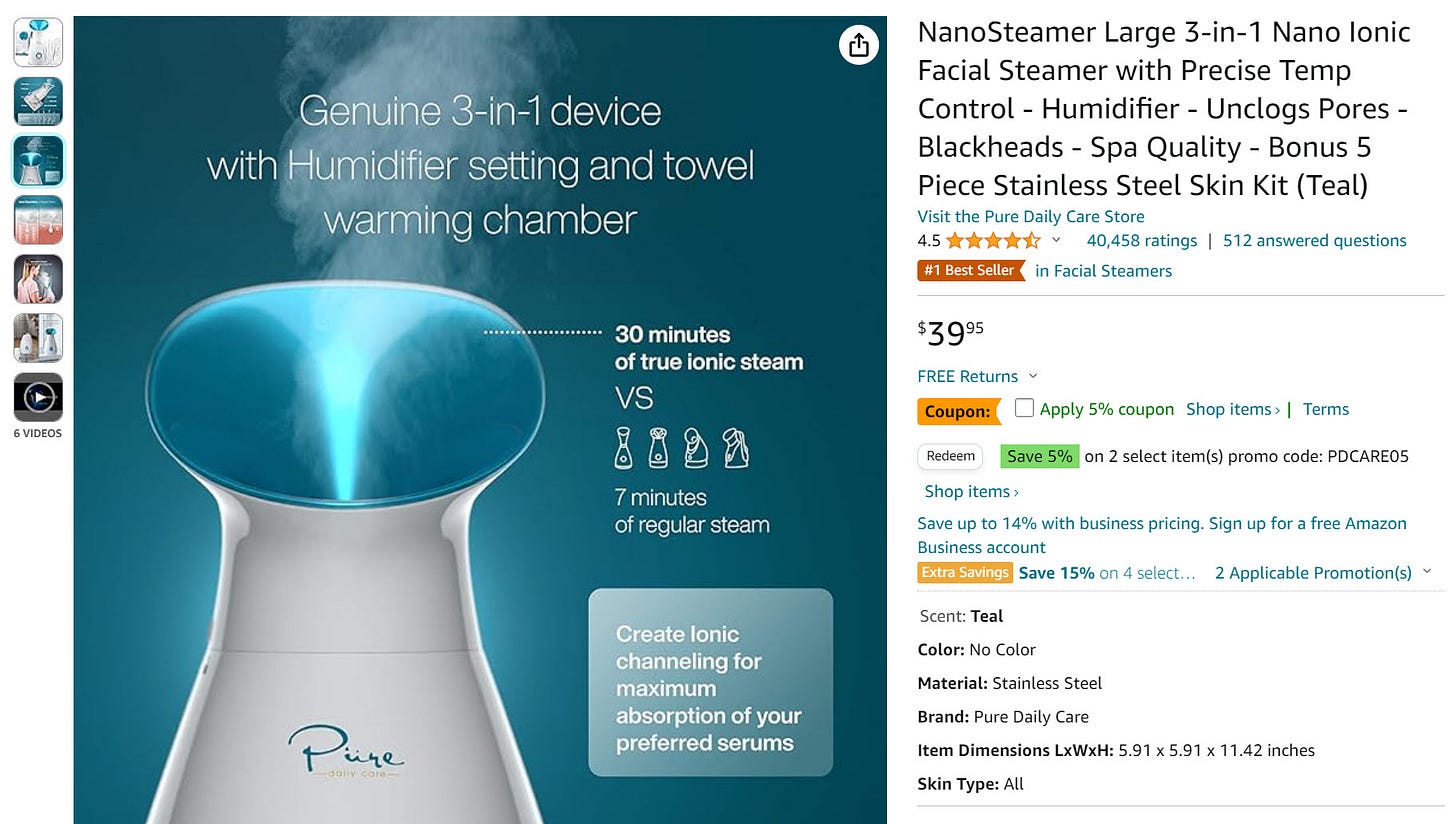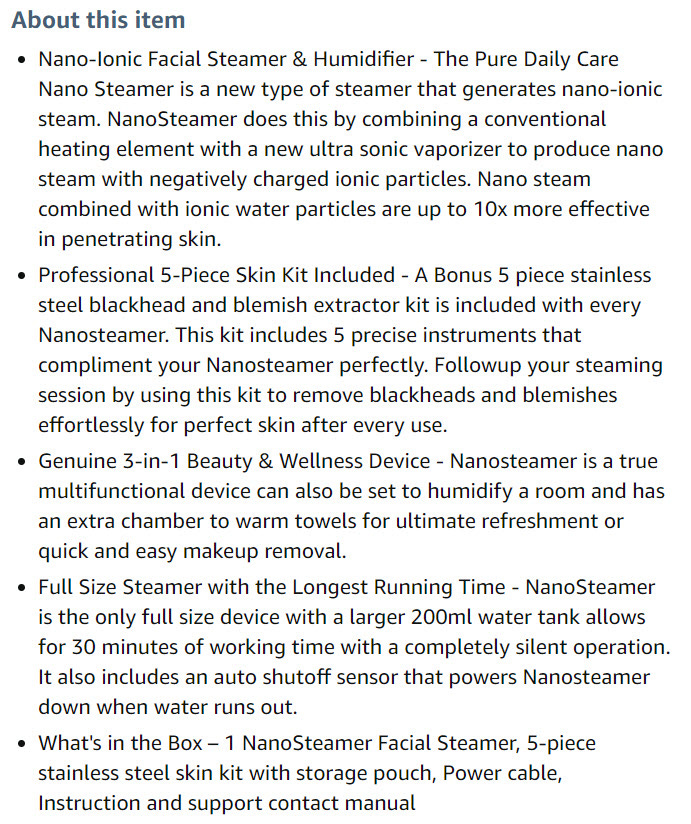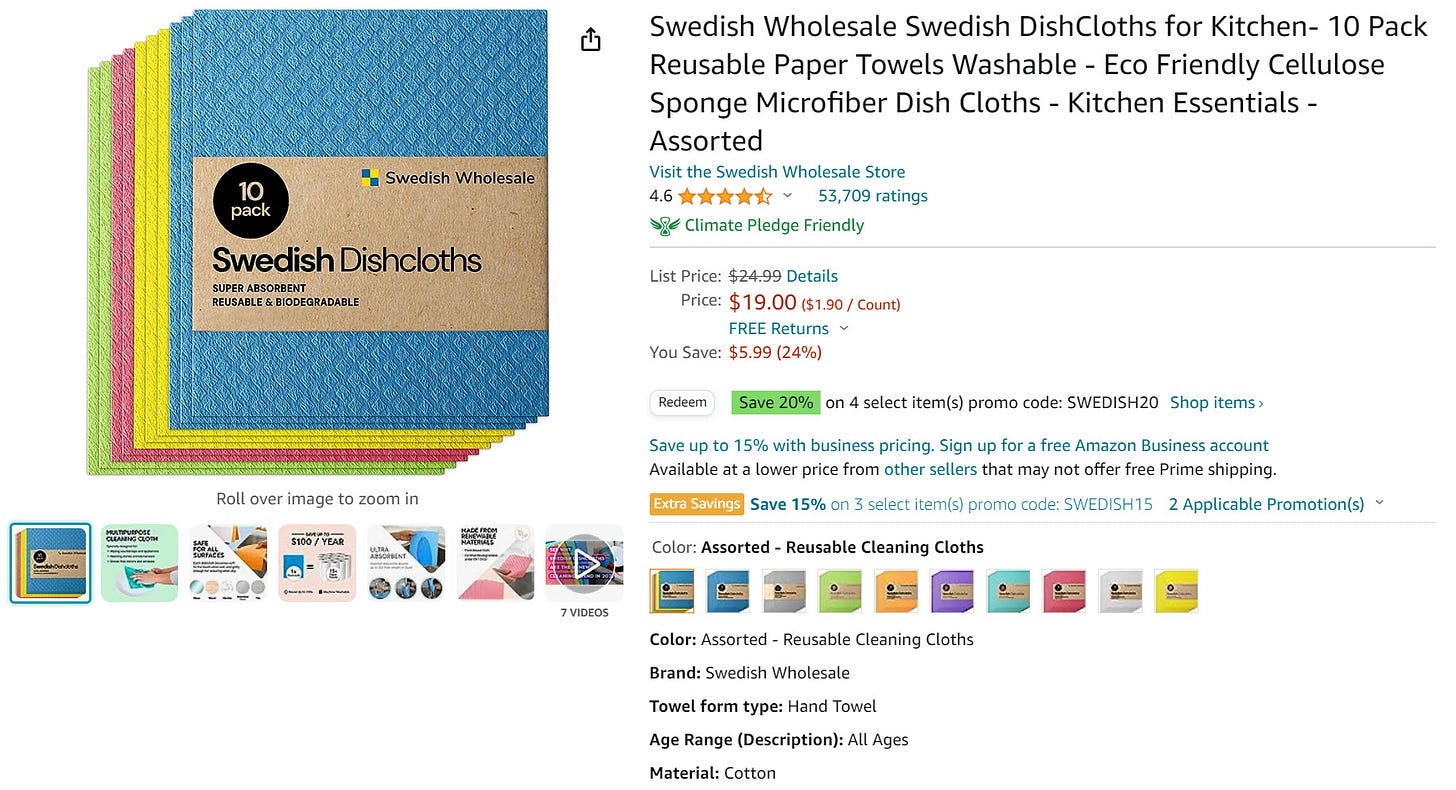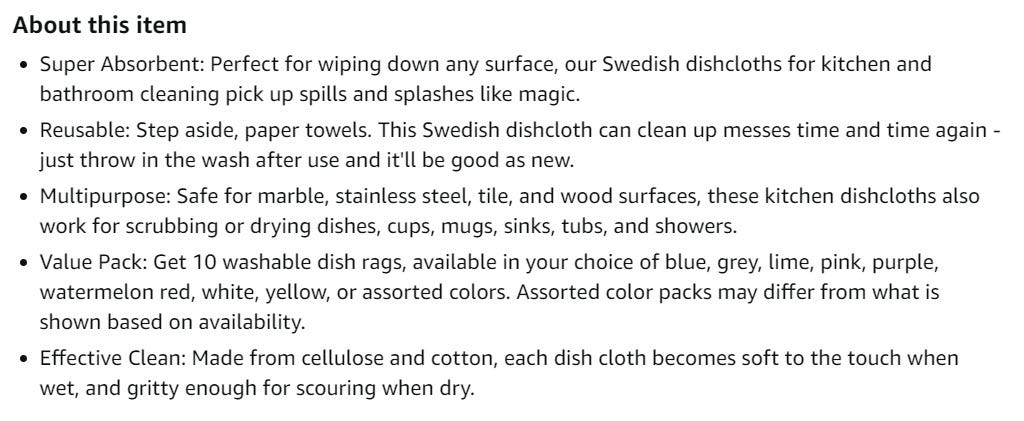Don't Be Misled By the Order of Things
The last word in a phrase can be more important than the first
What’s the key to getting in shape? Diet and exercise. Everyone knows that phrase. But which of those two things is more important? Well, that depends. Want to lose weight? Diet is more important. Want to get stronger? Exercise is more important. So if the latter is your goal, you might to consider reversing the common phrase and talk about “exercise and diet.” It will help.
Perhaps that seems a little silly to you. Here’s another silly little thing: Every infomercial price ends in 95 or 99. It’s almost a cliche of the genre, like “but wait, there’s more!” But have you ever wondered why?
The short answer is such pricing generates more sales. The long answer involves cognitive psychology and something called left-digit bias. Because people tend to focus on the first thing they see, and because US consumers read from left to right, $19.99 is processed as closer to 19 than 20 — even though it’s 99 cents away from the former and 1 cent away from the latter. Of course, we DR marketers help them see it that way by making the left-side digits larger.
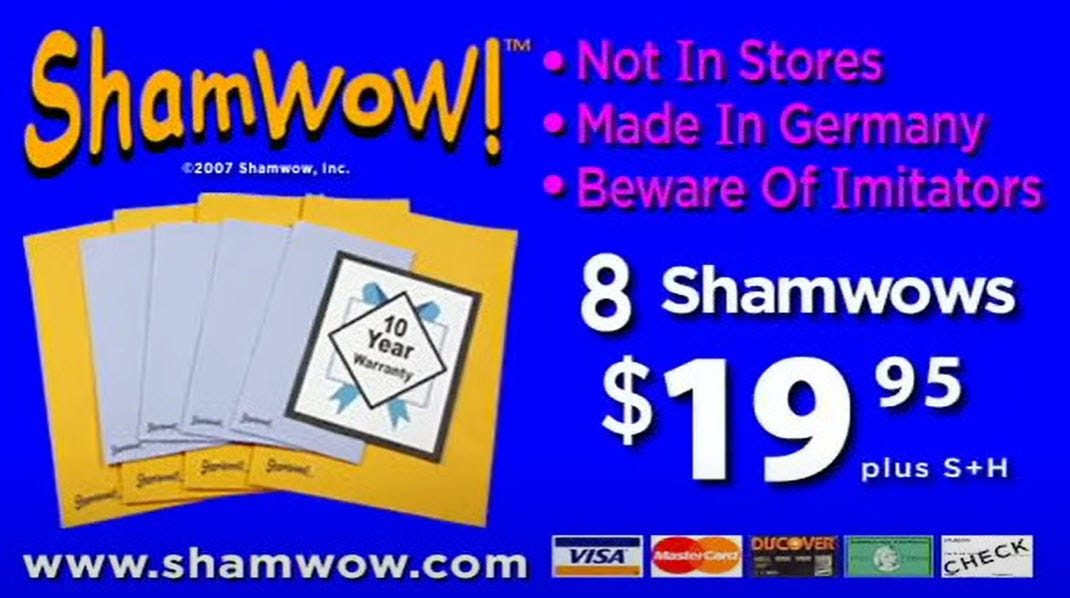
Switching back to words, this week I want to tell you about another common phrase that may be misleading because the last word is more important than the first. The phrase: “features and benefits.”
For those of you who are keeping score at home, we’re on step four of my formula for scripts that sell. So far we have covered:
A simple yet powerful way to make sure you nail your problem opening
The three questions every advertisement should answer right away
Why paying off the problem is important, and my favorite technique for doing that
What’s interesting is that we still haven’t gotten past the first 30 seconds of your typical DRTV commercial. Even this step in the formula usually falls within that timeframe. This is the part of the commercial where you prove your product is the ultimate solution to the opening problem by describing and demonstrating all of its “key features and benefits.” But as I’ve already hinted, there’s something important here that you need to know: Benefits have significantly more selling power than features.
This goes back to a famous quote that I’ve shared before:
Let’s say your selling Professor Levitt’s hypothetical drill on Amazon. What he’s saying is that instead of just focusing on the key feature of that drill (“equipped with a 1/4-inch tungsten carbide drill bit”), you also want to turn that fact into a key benefit (“quickly and easily makes perfect 1/4-inch holes in any material”).
I mention Amazon because that’s the place where I see the most room for improvement in this regard. DRTV commercials usually get it right. But Amazon product pages are far too often loaded with technical details while being light on reasons to buy. This ‘feature rich’ copy no doubt makes the Amazon algorithm happy, but it’s the cure for insomnia for human readers. Smart marketers should be able to apply a little creativity and achieve pages that boost search rankings and also sell better than your average instruction manual or packing list.
On that note, this week I’m going to combine my Promising Products feature with a critique of how well the particular product’s landing page is using benefits-oriented copy. You’ll not only learn about two items that are winners, you’ll also get to see how I would dial up the selling power of their copy … and you’ll get it all for just $5.99!
Chart Watch👁️
Granitestone Armor Max
Pitch: “Four durable layers of ultra-nonstick”
Offer: 4-pay of $49.99 for the set, 4-piece deep steam & fry set, 6-piece knife set
Marketer: Emson (🏆 2022 True Top Marketer)
Producer: Hutton Miller (🏆 2022 True Top Producer)
This one popped up at #21 on last week’s DRMetrix report after six weeks on the air. (Premium subscribers learned about it at the end of July.) It’s the 13th Granitestone project Emson has put out since the brand launched in 2018.
Watch this commercial — and learn. No one dramatizes a problem like the HM team. They even bring a little humor to the process that winks at the audience and avoids the eye-rolling ‘DR cheese’ trap. The whole spot is a clinic, but having just written about the art of the problem opening, I wanted to call that part to your attention in particular.
As for the product, I really have nothing to say. Now it’s four layers of nonstick? Sure! Why not? Every other variation on this theme seems to have worked. This one could, too. If there’s a saturation point, we don’t seem to have reached it yet. I’m sure many retailers are sick of pans, but consumers seem to have an endless appetite for them (pun intended).
Promising Products
NanoSteamer
Here’s a perfect example of what I’m talking about. This listing is 90% features with very little copy around benefits. I had to look carefully to catch one in the headline (“unclogs pores, blackheads”), and the entire first bullet is a technical manual that hints at a benefit but never arrives at one. Why is it important that this steamer is allegedly “10X more effective in penetrating skin”? (There’s another hidden benefit on the main image. See if you can find it.)
The second bullet buries the lead but does finally get to a benefit with selling power: “effortlessly…perfect skin after every use.” After an SEO analysis to make sure I was using the correct keywords, I would make a variation of that phrase (and the pores/blackheads claim) the meat of my headline and first bullet. In other words, I’d reverse this content and make it 90% benefits.
The good news — and the reason this item is a #1 Best Seller — is that someone else is doing the selling for them. This item comes from Amazon’s “Internet Famous!” page, which means influencer videos on platforms like TikTok and Instagram are driving their sales. That said, I have to think some significant percentage of visitors arrive curious but not yet sold. That means better benefits copy could be the key to conversion rate optimization (CRO) for this seller.
Swedish Dishcloths
This page does a much better job than the last one. Not in the headline (“eco-friendly” is weak sauce), but in the bullets. It’s there that we get solid, benefits-focused copy like “super-absorbent…pick up spills and splashes like magic” and “reusable ... just throw in the wash after use and it’ll be good as new.”
You can play along at home at this point and conduct your own analysis of the rest. Simply start by rewatching DRTV classics like the aforementioned ShamWow! (starring Vince Offer) and Zorbeez (starring Billy Mays), and then think about how you might improve the pitch for this product.
Recent Tests
Ruby Rack
Pitch: “Transforms any area from messy to marvelous”
Offer: $19.99 for one
Brand: Ruby
Marketer: BulbHead
This is the sixth Ruby product since the 2022 hit Ruby Sliders. A recurring question I’ve had: What does the Ruby brand stand for? With this commercial, an answer may be coming into focus.
Loosely defined, this is the third space-saving organizer BulbHead has tested. Their last test, Ruby Holding Hands, was a magnetic zip tie for bundling cords and hanging kitchen utensils. Their last rollout, Ruby Space Triangles, promised to declutter your closet and create “70% more space.”
Organization has not been a great category for DRTV. Space-saving definitely has been. I would lean more into the latter.
Skunky
Pitch: “Get perfectly clean from head to toe without stepping into a shower”
Offer: $19.99 for 12 pads
Marketer: BulbHead
This one came with a slogan: “Smell funky? Grab a Skunky.” 🤣
It’s a ‘fast fail’ (the site is already down), so I won’t belabor the point. I’d like to give BulbHead credit, though. They will literally test anything, no matter how odd. Every now and then, it must pay off!
N.B. - BulbHead should also get credit for being the only one testing new products these days.
The Formula for Scripts That Sell
Start with a painful problem
(Article: Ask the ‘Skeptic's Question’ to Check & Fix Your Opening Pitch)Introduce the product and describe it
(Article: Answer These 3 Questions Before Prospects Lose Interest)Explain how the product solves the opening problem
(Article: Pay Off the Problem Opening to Powerfully Position Your Product)Describe the product’s key features and benefits
(Article: Don't Be Misled By the Order of Things)Briefly list all of the key uses for the product
(Article: This Space Intentionally Left Blank)Explain how the product works
(Article: Here’s How 'Here’s How it Works' Works)Set up a value comparison and introduce the offer
(Article: The Incomparable Value Comparison)Introduce a bonus and describe it
(Article: Instantly Boost Sales by Leveraging the ‘Mooch Factor’)Recap the entire offer
(Article: The Department of Redundancy Department)Create a sense of urgency and ask for the order
(Article: The Simple Secret to Closing More Sales)




